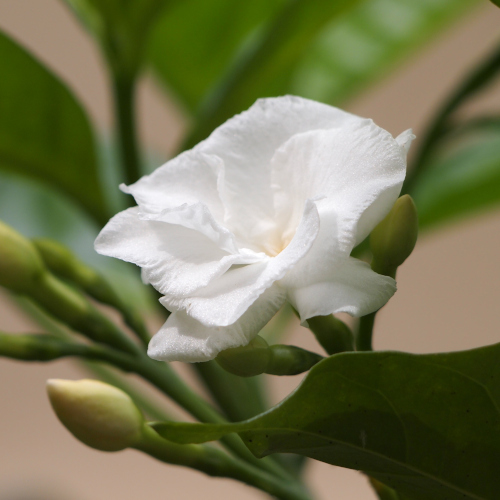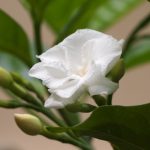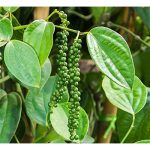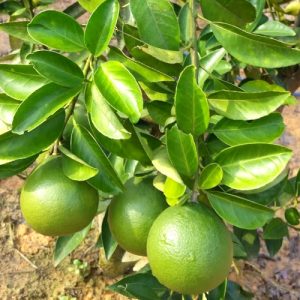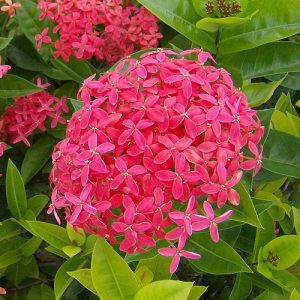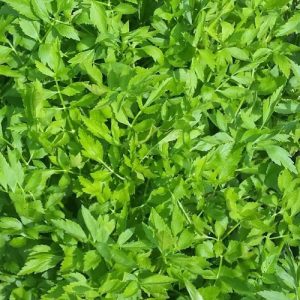- Description
Description
Jasmine Plant
Other names: melur, melati, Jasminum sambac
General Information
Jasmine (taxonomic name Jasminum /ˈjæsmɪnəm/ YASS-min-əm) is a genus of shrubs and vines in the olive family (Oleaceae). It contains around 200 species native to tropical and warm temperate regions of Eurasia and Oceania. Jasmines are widely cultivated for the characteristic fragrance of their flowers.
Jasmine can be either deciduous (leaves falling in autumn) or evergreen (green all year round), and can be erect, spreading, or climbing shrubs and vines. Their leaves are borne in opposing or alternating arrangement and can be of simple, trifoliate, or pinnate formation. The flowers are typically around 2.5 cm (0.98 in) in diameter. They are white or yellow, although in rare instances they can be slightly reddish. The flowers are borne in cymose clusters with a minimum of three flowers, though they can also be solitary on the ends of branchlets. Each flower has about four to nine petals, two locules, and one to four ovules. They have two stamens with very short filaments. The bracts are linear or ovate. The calyx is bell-shaped. They are usually very fragrant. The fruits of jasmines are berries that turn black when ripe.


